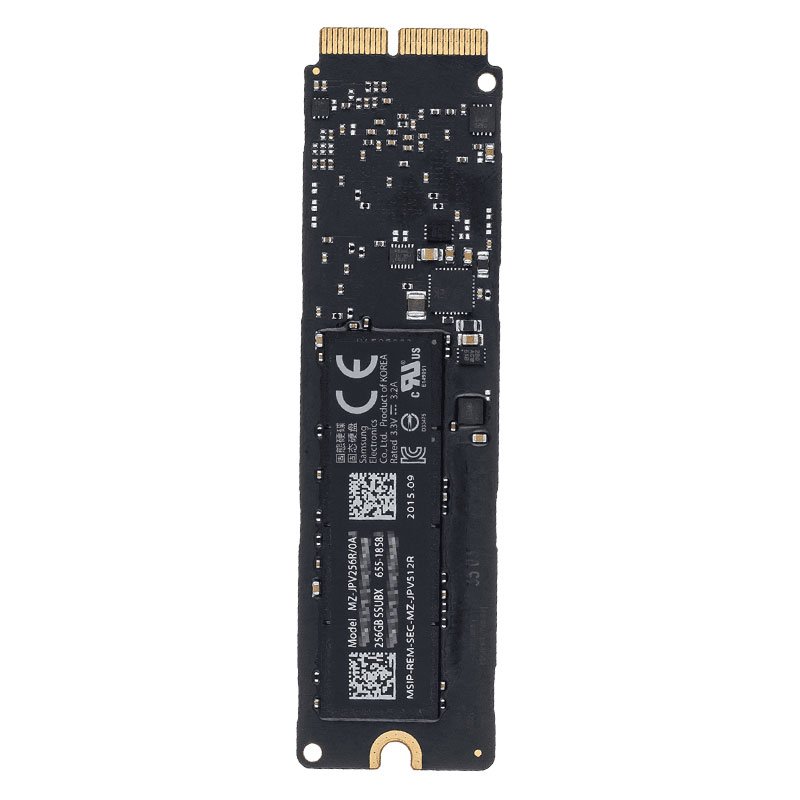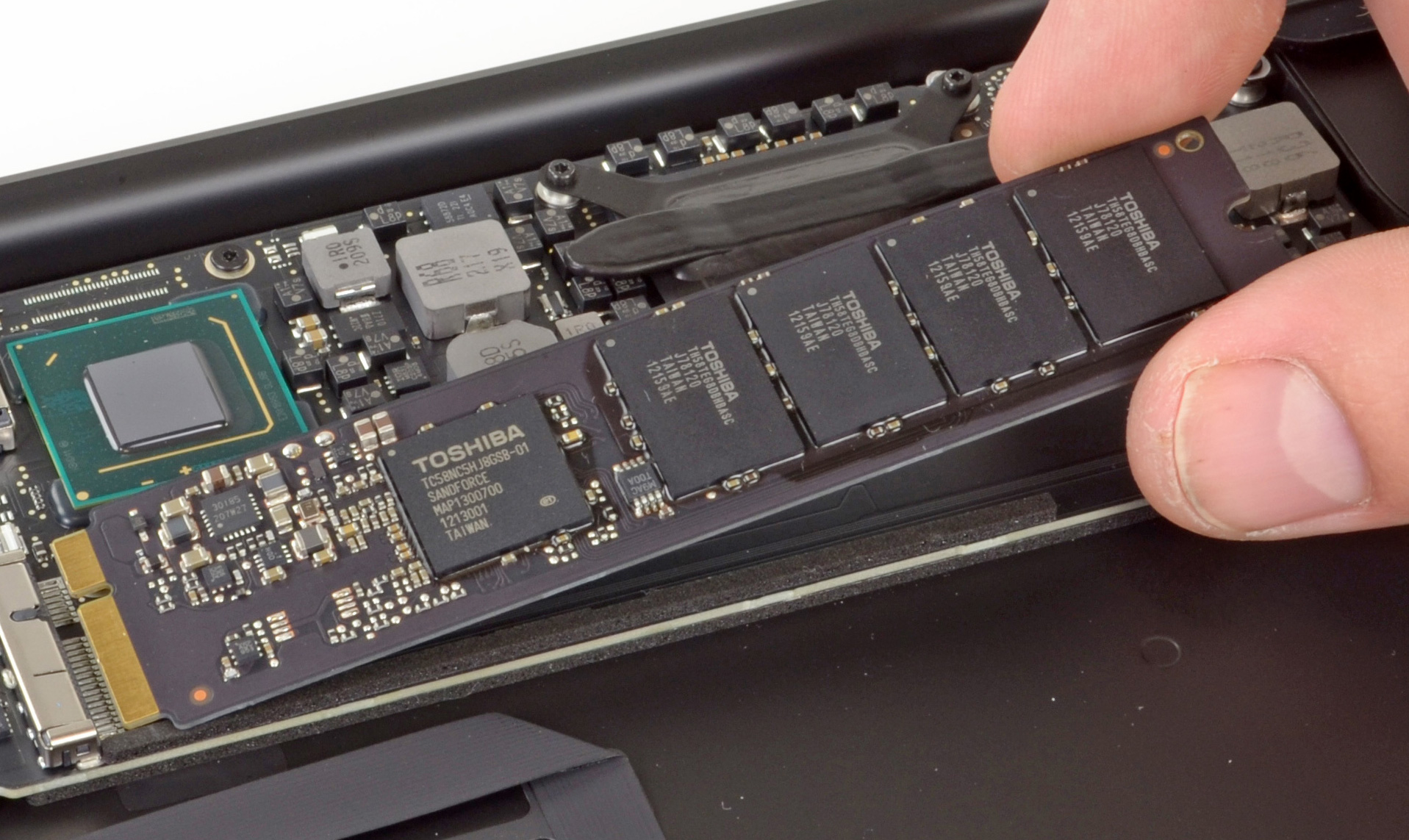
Read on to learn about finding the best SSD for your Mac and a step by step guide to installing it. Prices have been falling rapidly year over year, and you’ll be able to find plenty of options for less than $1/GB, whereas a year ago they were around double that price.

The only major downside to SSDs are their cost. Some SSDs can operate at above 550MB/sec at both reading and writing, whereas you’re unlikely to be able to reach speeds above 200MB/sec with even the best Hard Drives. SSDs have no moving parts, making them much more rugged and less likely to be damaged if dropped - very useful for laptops - and they have incredible read and write speeds that make your Mac significantly faster than a tradition hard drive. The difference can be so large, you’d be forgiven for thinking you’ve got a whole new machine. Upgrading RAM was a relatively cheap way to increase the speed of your Mac - it did so by making your Mac run smoother if you have multiple applications open at the same time and generally allowing your Mac to do more without slowing it down - but adding an SSD will be make your laptop run faster than it ever has.


Following on from the previous post on upgrading your MacBook Pro’s RAM, today we have a tutorial on how to fit your Mac with a speedy Solid-State Drive (SSD).


 0 kommentar(er)
0 kommentar(er)
